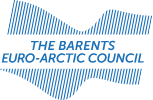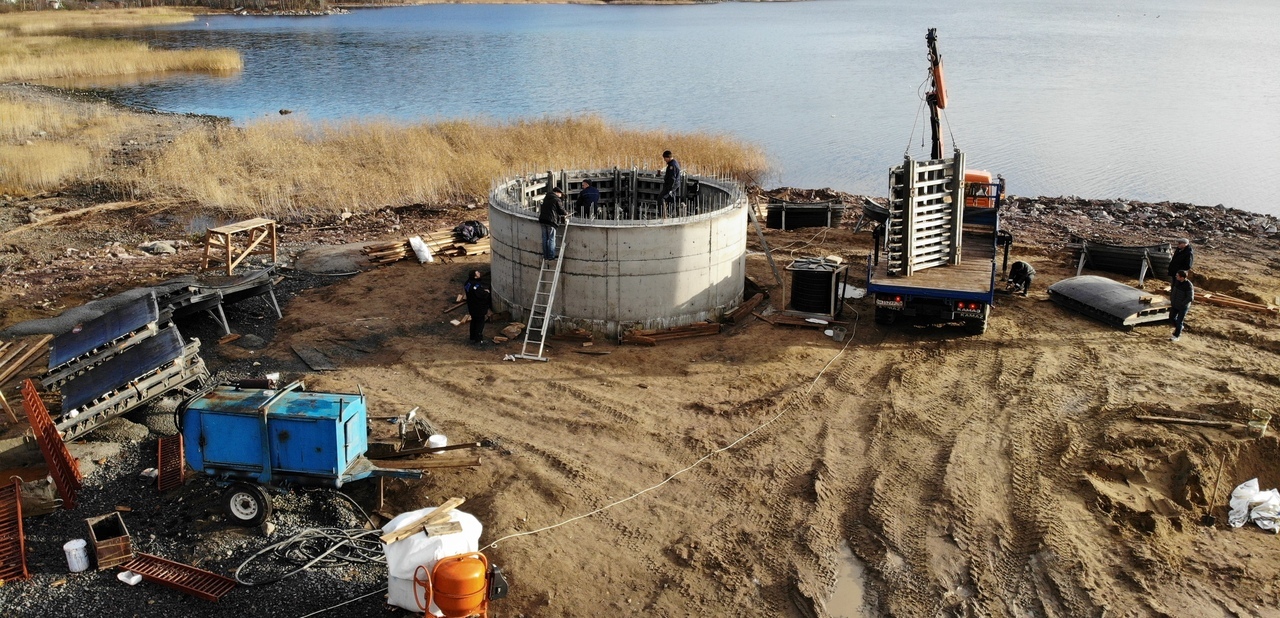The Barents Environmental Hot Spot List from 2003 consisted of 42 major polluters and severely polluted sites that impose health and environmental hazards on their surrounding communities and nature. The Hot Spots are located in the Russian part of the Barents region: in Murmansk and Arkhangelsk Regions, Nenets Autonomous District and the Republics of Karelia and Komi.
In 2013, the Environmental Ministers of the four Barents countries agreed on “Criteria and a Procedure” for exclusion of the Barents Environmental Hot Spots. The “Criteria and a Procedure” is a systematic approach aimed at promoting joint and structured efforts of as well hot spot owners, authorities and financers to decide, design, fund and implement relevant environmental action projects so that the environmental problems that once lead to including the hot spots on the list, can be solved. From 2019, a large part of this work also goes in parallel with the implementation of the Russian Federation´s modernised legislation for environmental permit granting.
Many of the Barents Hot Spots have achieved significant environmental improvements during the recent years, while others still remain to be solved. In total so far, 9 hot spots were completely excluded and 3 hot spots were excluded partially. At present, 30 entire and 3 partial Hot spots remain on the list and need to be dealt with.
Currently, a set of Hot Spot supporting activities is launched for the regions by Subgroup on Hot Spots Exclusion, under the Working Group on Environment and funding through the Barents Hot Spots Facility managed by NEFCO.
The Barents Working Group on Environment will continue to work on promoting the planning, funding and implementation of environmental action projects on the Barents hot spots!







